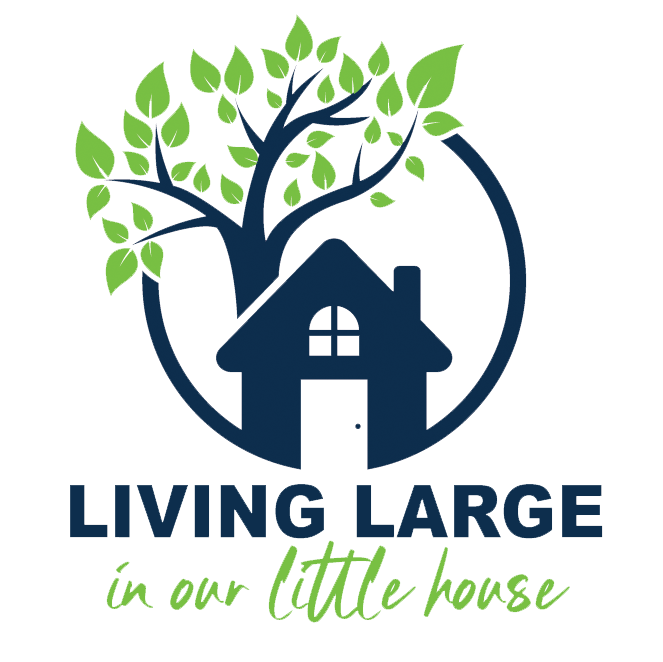Talkin’ Septic Tank Sludge
Living in the city most of our lives, we didn’t really think too much about the water and sewer at our house, unless the government’s fee for them went up.
Here, we don’t get a monthly reminder of our water or sewer, it’s all our responsibility out here.
The septic tank is not something we like to think about, but when you live in the country, it’s necessary in order to keep from having a disaster.
We built Our Little House nearly 9 years ago now and The Belle Writer’s Studio was built nearly 4 years ago (time flies!)
We’ve never had the septic tank pumped, but Dale and I talked about it this past weekend. Not pleasant conversation but necessary.
Professionals recommend an annual inspection, but when you’re just making ends meat most of the time, working in something that isn’t an emergency is hard.
I do what I can to keep the bad stuff out of the septic tank. I use environmentally friendly cleaners, no bleach, septic tank approved toilet paper and no stupid things such as paper towels or coffee grinds.
We put commercial additives down the pipes all along, but Dale recently had a conversation with a guy who inspects and pumps the tanks at his work and that pro told Dale that commercial additives do more harm than good.
According to him, they keep the good bacteria in, but they also eat at the concrete flooring of the septic itself.
Oops. A couple of months back, I quit with the additives and now add 2 packets of simple yeast, one for each toilet on the system, as the guy recommended.
No, where our sewage goes isn’t a happy thought here at Our Little House, but better to think about it now than when it is an emergency.
What do you add to your septic system? Have you heard that commercial products can be harmful for them?








The yeast would love sugar… just look at what adding sugar to yeast water does when you’re baking bread.
We’re on city sewer, but our pipes are so old (hundred year old house) that they get clogged with tree roots every few years. We have them roto-rootered, but I wonder what that indicates about the watertightness of those pipes. I know where the sewer exits our house, and the hydrangea over it is larger and much healthier-looking than its neighbors. Hmm.
Kim,
I’ve often wondered that about tree roots too. If there’s tree roots going into the line, doesn’t that mean there’s sewer waste coming out!?
That doesn’t sound like a pleasant conversation! When we had a septic tank we were really careful with the kind of toilet paper, etc. I hadn’t thought about the additives tho
I think most toilet papers these days are rated for septic systems.
I know nothing about this except to be glad you’re doing what’s necc to keep it all safe for you guys!
Thanks, Merr.
When we had septic, we were REALLY careful, esp with laundry detergent, bleach… the stuff that kills bacteria. And I occasionally flushed those germ things into it for good luck.
Yes, you have to be really careful with the chemicals, especially with all of the anti-bacterial stuff there is now.
We try to get ours pumped regularly, but it’s been a while. One thing our guy told us was not to use antibacterial soap, because it halts the breakdown of bacteria. Or something.
Another very good point, thanks Jane!
We have ourspumped annually, after having a very bad ( and expensive) experience at our old house. Never want to go through that again!
Yikes, Sheryl. I heard it’s pretty nasty when one fails.
We get our septic tank pumped every 3 years, I think. At a B&B, it is impossible to control what goes into the tank. Interesting about the yeast and sugar and buttermilk. Meds should never be flushed down the toilet, because they go through the system, into ground water, which we drink. Eww!
Good reminder on the medications never going down the pipes, Alexandra. Thanks!
I know it seems silly to inspect and/or pump a system that appears to be doing well, but the only systems I have seen absolutely fail are the ones not pumped. It is far more costly to install a new system than to have one pumped. At 9 years, I would get it looked at. Many people do not even realize that their system has failed.
No, it doesn’t seem silly. We know it should be done. Thanks for the advice, Montana. It’s in the budget! 😉
Both houses we have owned have had septic tanks. I would KILL for sewer lines. We pump ours every couple of years (and I always feel so bad for the guy who does that job). We had to replace our tank a couple of years ago and that was a giant mess. Fortunately our lines are still in good shape. I do not like to think about it either! I never heard of putting yeast down it. That’s a great idea.
I’m wondering Brette, how old your septic system was and if you used commercial additives in it?
We had a septic guy tell us the same thing about additives, so we stopped using them years ago. I’m careful about all kinds of kitchen waste, but I do put coffee grounds down the disposer … why is that bad?
Because our system is designed based on how many bedrooms we have (a weird way to measure house occupancy, I think), it has more oomph than the 2 of us really need. So, we get ours pumped every 5 years, and last time … it was nowhere near needing it. So, we must be doing something right and/or it’s working well.
Hey, if it ain’t broke, don’t fix it, I say, Roxanne! Ours was also designed for a much larger house as we were planning to build a larger house when we moved here. That’s why we were still allowed to hook the studio up to it when we built that 5 years later. Here’s the most comprehensive thing I’ve found on what should/shouldn’t be put in the septic. Coffee grounds a big no-no as they do not dissolve in the tank, they just sit there, filling it up. I put my grounds in plants or throw them in the trash. We didn’t even put a disposer or a dishwasher in here because we read they were bad for the septic. http://www.nesc.wvu.edu/pdf/WW/publications/pipline/PL_FA95.pdf
Wow- I had never heard that Rid-X does harm to the concrete in septic systems. We moved to this house a year and a half ago. It has a septic tank that was inspected and no problems showed up at that time. We’ve been using Rid-X regularly since moving here, but I’m going to research this further. It’s going to take some convincing to get my husband to give up the Rid-X in favor of yeast, but if I can find some solid information on the internet, he’ll listen. Thanks for this tip, Kerri! Here’s to happy septic systems! 🙂
Tell David that at this guy’s company, they’ve had to replace more tanks then they can count because the bottom was eaten out. The guy even showed Dale pictures of rotten bottomed septics. This might help convince him – RidX pretty expensive, I can’t remember how much, but well over $10 I think here. Yeast is .99 for a 3 pack.
There is a butcher about 2 miles away that swears by blood. My wife is an RN, she says there is more bacteria in blood than anything else. I’m still trying to find any downsides to it (other than watching blood swirl down the bowl). Hopefully someone will read this and advise. lol
I’ve never heard of that one either, Derrek, but it makes sense, I think.
We had to have ours pumped awhile back and once it started filling up again, we were told to flush (slowly) a cup of sugar to give the bacteria a boost in getting up and running.
Interesting, Rick, I’ve never heard of sugar, only buttermilk and yeast!